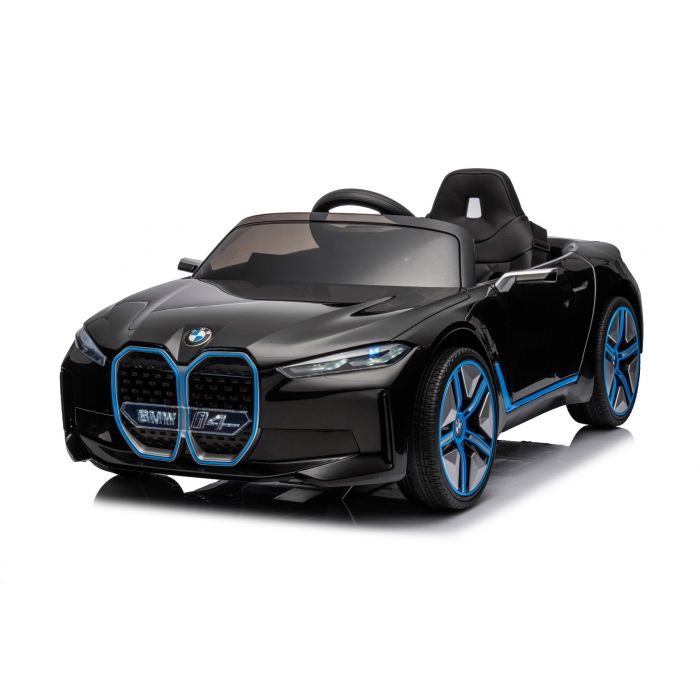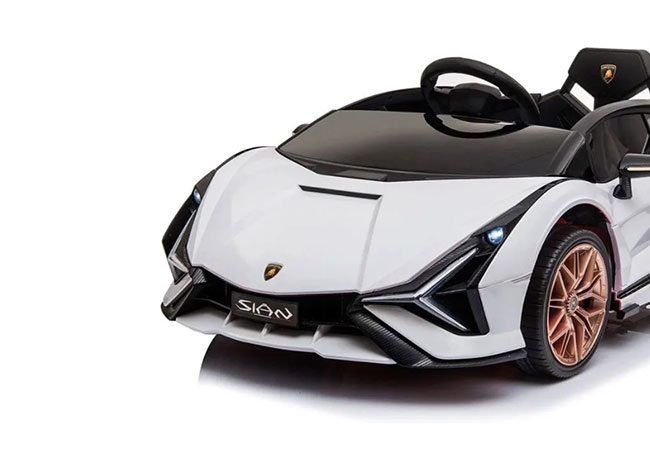Good Reasons On Deciding On Kids Ride On Cars
Wiki Article
What Should You Look To Find In-Ride-On Cars Suitable For Younger Toddlers And Older Children?
Take into consideration the child's age, their size and stage of development when considering ride-on vehicles for children. This will help make sure that they will be safe and enjoy themselves. The following factors must be taken into consideration:
Younger toddlers (1-3 years old) - For younger toddlers, look for ride-on cars specially designed for their age. They usually have a stable and low-to-the-ground design, easy-to-use controls, and simple features such as steering wheels, buttons or levers. Pick a ride-on car with a broad base for stability, and with a minimal chance of tipping over.
Children over 3 years of age - Older children may navigate more advanced ride-ons equipped with additional options and features. Look for cars that have an adjustable seat and weight capacity that is larger, and more interactive features like lights, sound or music. Choose a ride-on car with a variable speed setting and parental controls. This allows you to cater for various levels of ability and provide security.
Size
If you are considering a ride-on automobile take into consideration your child's weight and height. Pick a car with a the weight and height capacity that is comfortable for your child. Avoid cars that are too large or too small, as these may make it uncomfortable or unsafe for your child.
Legroom and Comfort Make sure that the ride-on car provides ample legroom and space for your child to comfortably sit. Be sure that the car's seating space is appropriate to your child's.
Developmental Stage
Motor Skills: When deciding on a ride-on car be sure to consider your child's ability to coordinate and their motor abilities. Older children may be able to operate more advanced features and controls however, younger toddlers may require a simpler control.
Independence and Confidence - Ride-on vehicles can foster confidence and independence in children by teaching them to manage their car and navigate. Choose a ride-on car which allows your child to practice steering, accelerating, and braking without assistance, and build confidence over time.
Interest and Engagement Be aware of your child's interests and preferences when selecting a ride-on car. Choose a car with themes, colors, or features that are appealing to your child's interests regardless of whether it's a vintage vehicle or a sports car trucks, or a themed character vehicle.
If you take into consideration the age, size and developmental stage, you can choose an ride-on vehicle that's safe, comfortable, and engaging and will provide hours of enjoyment and learning for your child as they explore and play. Take a look at the recommended ride on toys for blog recommendations including toy toy cars, childs ride on car, ride on toy, ride on toy, ride on toy, toy car toy car, ride ons, electric car ride, ride a toy, ride electric car and more. .

What Are The Functions And Accessories That Are Included With Ride-On Vehicles?
Ride-on cars come with a range of features and accessories that enhance the fun experience and create a more realistic and engaging driving sensation for children. Ride-on cars are equipped with a variety of options and features.
Many of the ride-on cars come with headlights that work and light the road ahead, which adds the illusion of realism and clarity, particularly when driving in dimly lit areas or at night.
Horn Sounds
Many ride-on cars have the horn or steering wheel button that makes horn noises when it is pressed. It allows children to pretend driving and alert others.
MP3 Player compatibility -
Some ride-on vehicles are compatible with MP3 players, which allows kids to connect their portable devices through USB or auxiliary input. They can listen to their favorite songs while driving. This enhances the use of the ride on car.
Realistic Engine Noises -
Ride-ons may have built-in sounds that mimic realistic sounds like engine noises, revving, or acceleration. It can cause children to feel as though they are driving an actual car.
Remote Control
Certain ride-ons have parental remote controls that permit parents to supervise and assist their children remotely. Parents can steer remotely the car, regulate speed or stop the car. This provides security and peace of mind.
Seat Belts
Certain ride-on vehicles come with safety straps or seat belts to protect your child. This provides an extra layer of security and stops children from falling while playing.
Doors that Work Door for Working
Many ride on vehicles have doors that are functional, which can be easily opened and closed. They allow children to enter or exit the vehicle quickly and in a realistic manner.
Storage Compartment
Some of the ride-on cars have the option of a trunk or storage compartment in which children can keep small toys or snacks. They can also store other items, which adds practicality and flexibility to the playing experience.
Adjustable Seats -
Certain ride-on vehicles come with seats that can be moved in either direction to accommodate children of various sizes or to provide extra legroom as they increase in height.
Remote Emergency Stop Button
Alongside the remote control, some ride-on cars also come with a remote-controlled emergency stop button. Parents can use this to stop their vehicle in the event of emergencies or danger.
Ride-on vehicles are equipped with features and accessories to enhance the enjoyment, safety and authenticity of their rides. Children can participate in fantasiastic games and have fun adventures as they drive their own cars. View the best read more about Mercedes ride on car for more advice including ride on digger, toy car for car, electric ride on, pedal car, cars pedal car, toy car, toy car, a toy car, kidscars, childrens ride on and more. .

What Are The Remote Controls For Children's Cars That Are Available? Pros And Cons?
Remote control cars for kids are also known as RC or remote-controlled cars, come in a wide range of sizes, styles and price points. They are designed to fit the needs of different budgets and tastes. Here's a breakdown of the pros and cons, and sizes of remote controlled children's car types.
Electric RC Cars - Battery-powered remote-controlled cars that can be used for outdoor and indoor use. The cars are available in different styles such as buggies or trucks.
Nitro RC Cars – Gas powered remote controlled vehicles that offer greater performance but need greater maintenance. They're generally bigger and more costly than electric RC cars.
Scale Models are remote-controlled replicas that include cars, trucks and airplanes. Scale models come in various scales, ranging from -10 to 1 -24 and larger scales providing greater detail and realism.
Sizes -
Remote-controlled cars for children come in various dimensions. They range from small micro-sized copies to large-scale copies. The size of the vehicle has an impact on its performance, speed and handling capabilities.
Micro-sized cars are small and compact. They're ideal for young children as well as indoor use. The larger cars have greater power and endurance and are suitable for outdoor racing and off-road driving.
Prices
The cost of remote-controlled cars for children vary based on factors like dimensions, features, brands and build quality.
Smaller electric cars are available for purchase at prices of $20 to $100 while larger electric or nitro-powered RCs may be purchased for $100-$500 or more.
The price of scale models and hobby grade RC vehicles can range from several hundred dollars up to more than a thousand dollars depending on their performance and precision.
Pros and Cons -
Pros -
Adults and children alike can take pleasure in the excitement and fun of remote-controlled cars.
Skill Development - Operating an RC car can help children develop eye coordination, spatial awareness, and problem-solving capabilities.
Social Interaction: RC cars are ideal for social interactions with friends and family.
Customization - Many RC vehicles can be customized with aftermarket upgrades parts and accessories that enhance performance and look.
Cons
Cost - Top-quality remote controls for children's cars can be expensive particularly those with hobby-grade sophisticated features.
Learning Curve – Operating an RC vehicle requires a lot of practice and knowledge, and young kids may have difficulty with the controls initially.
Maintenance – RC vehicles require regular maintenance. This includes cleaning, lubrication, as also periodic repairs and replacements of parts.
Safety Concerns Safety Issues RC vehicles could be hazardous in the event that they aren't operated safely under the supervision of an adult. They can cause accidents, fall hazards and electrical hazards.
Remote control cars for children provide a fascinating learning and entertaining experience. But, it's crucial to select the appropriate model based on the factors of size, safety, cost and features. For older children, hobby-grade RC cars may be a better choice. However, more basic models can also be a good option for younger children. Follow the top JCB ride on digger kidscars.co.uk advice for site examples including ride electric car, ride of car, ride a toy, kiddies cars, 2 seater electric cars, car toy toy, car for toy, toy car toy car, race car toy, toy with car and more. .
